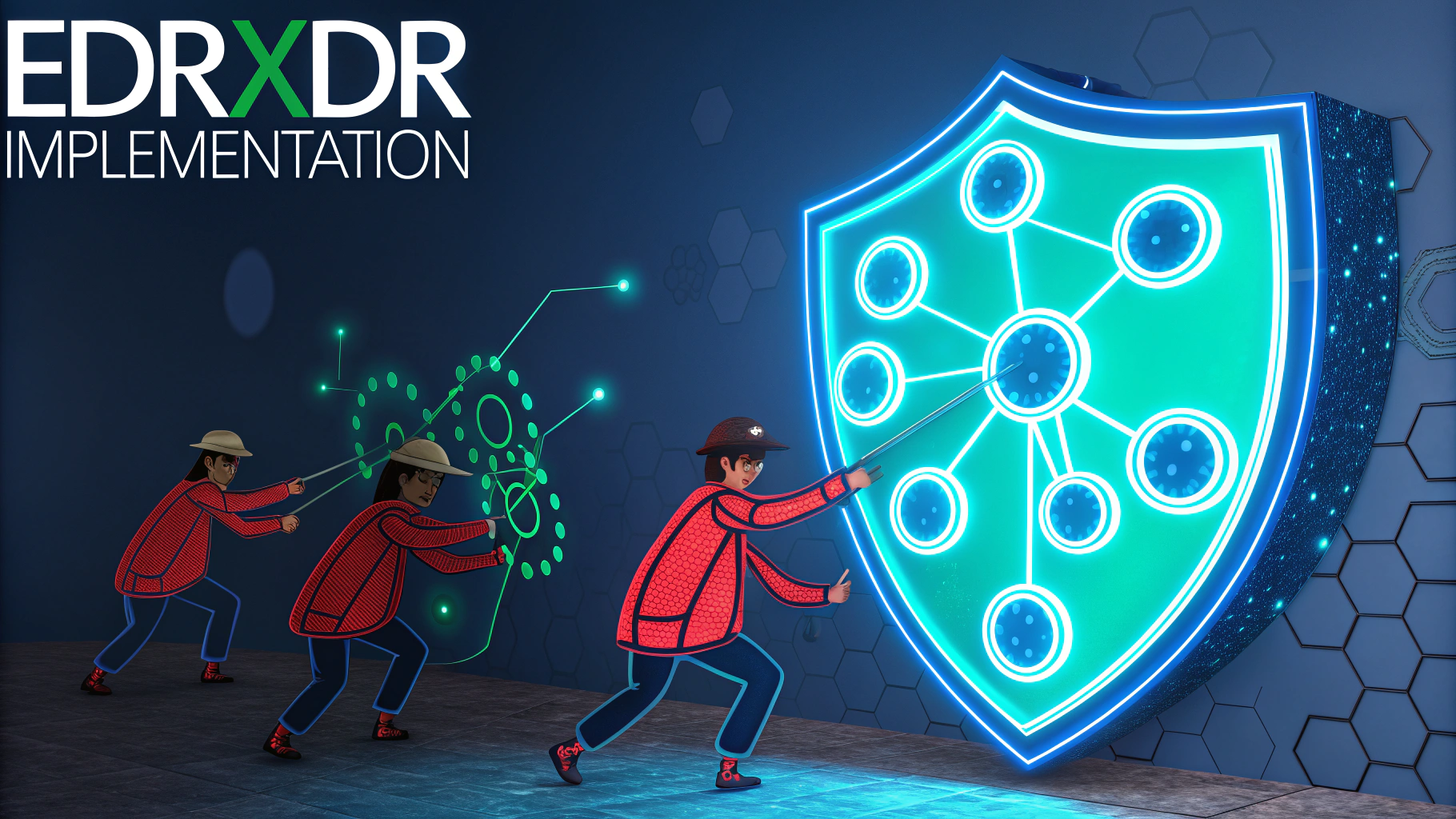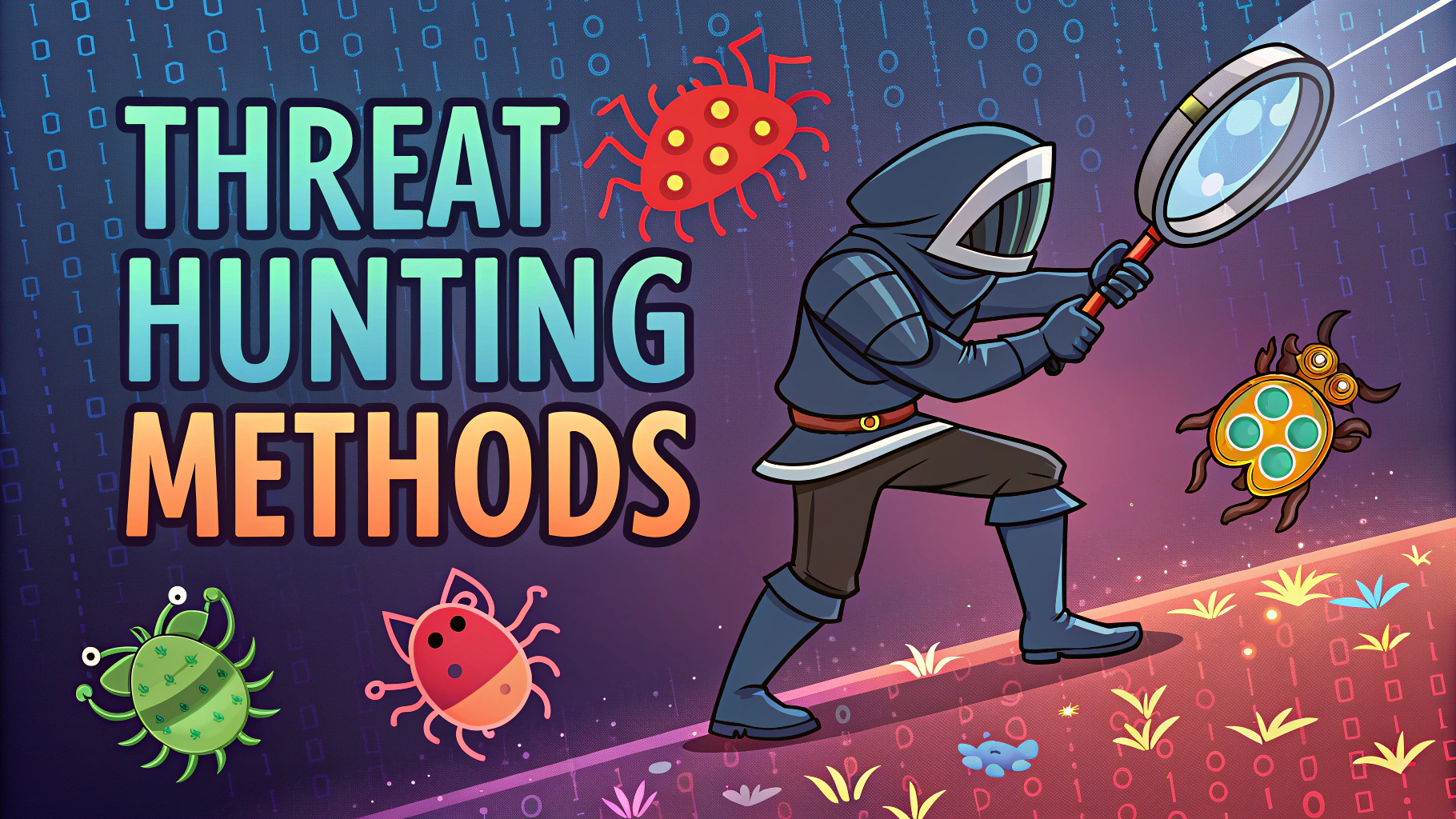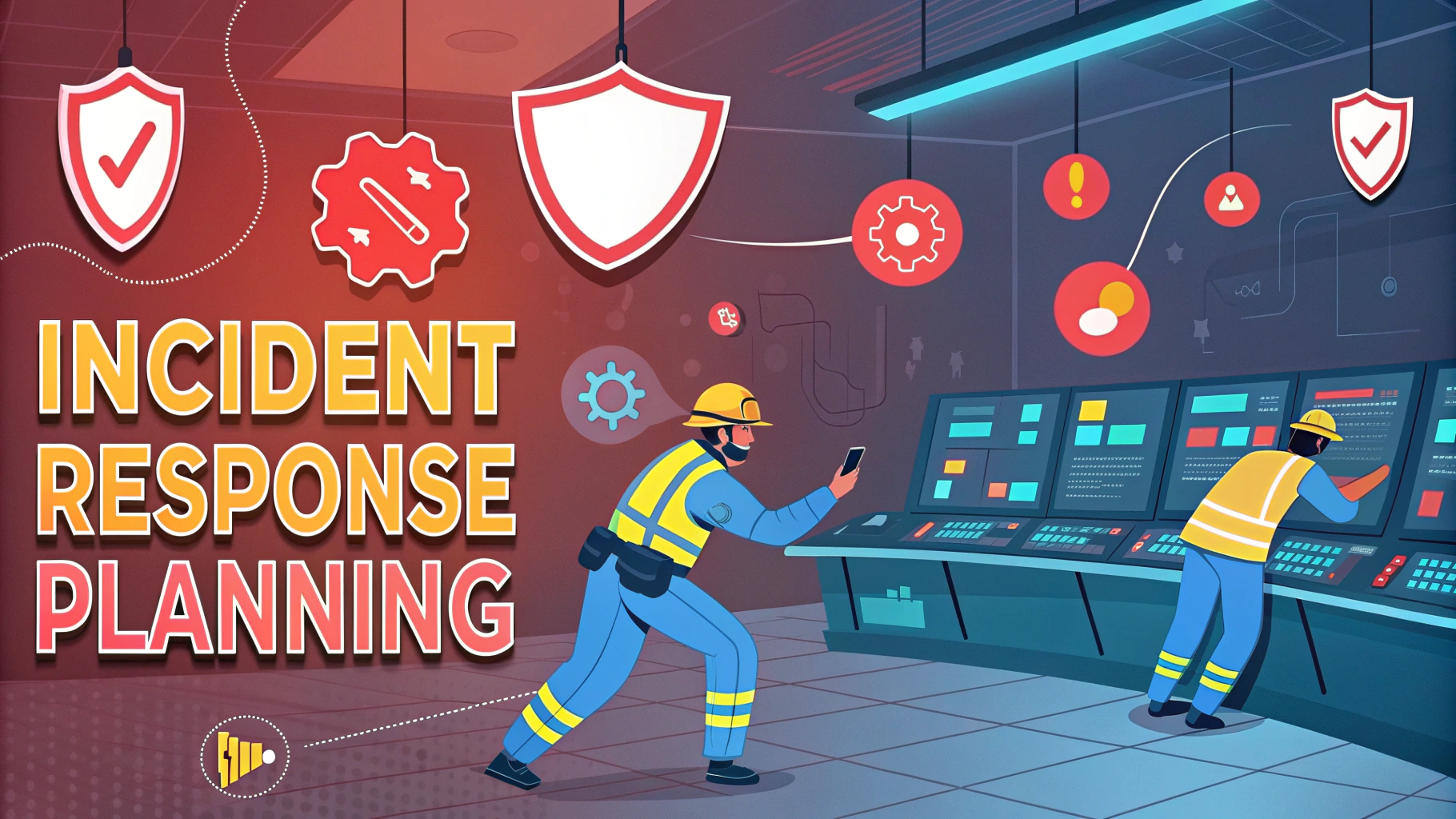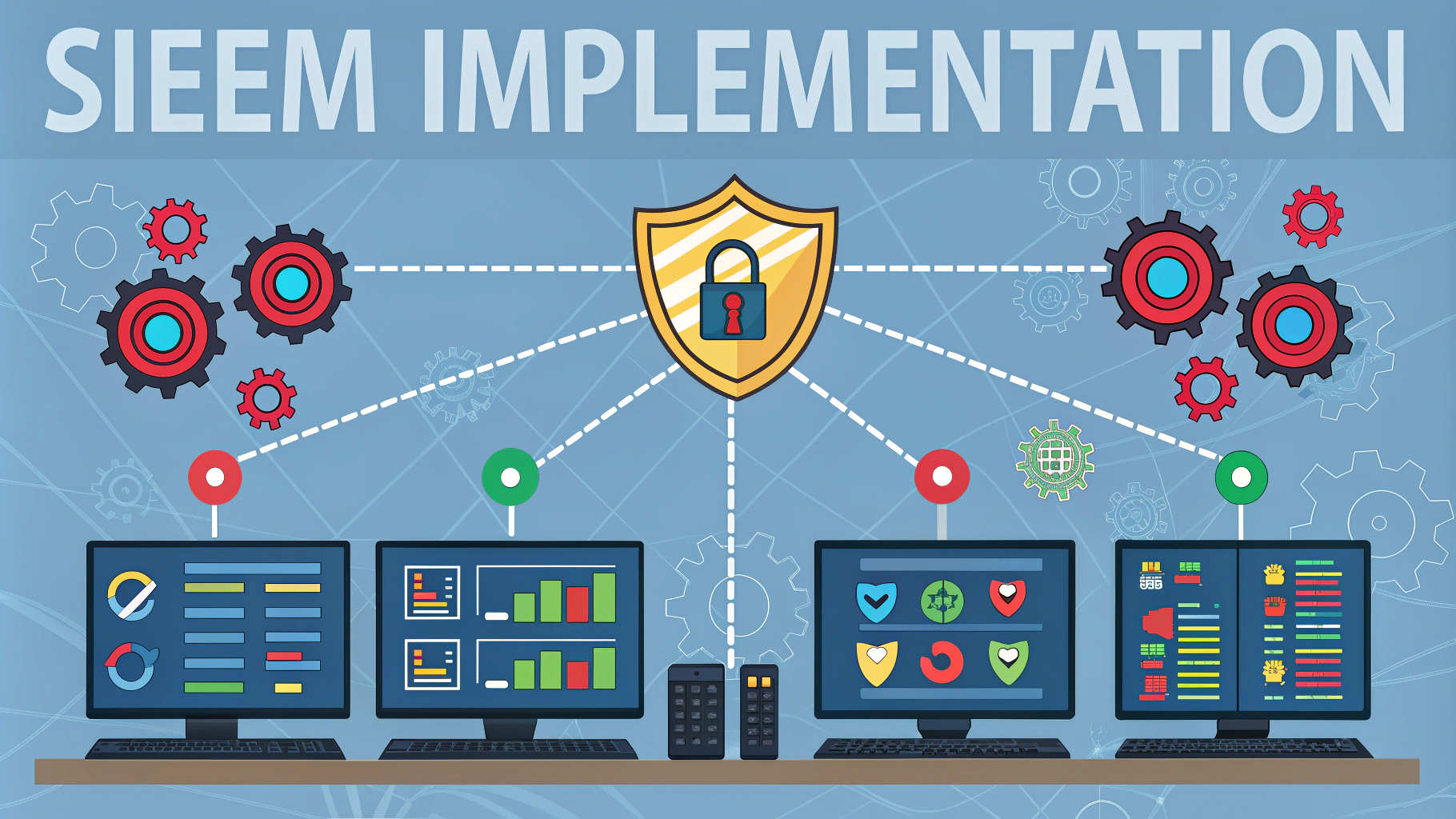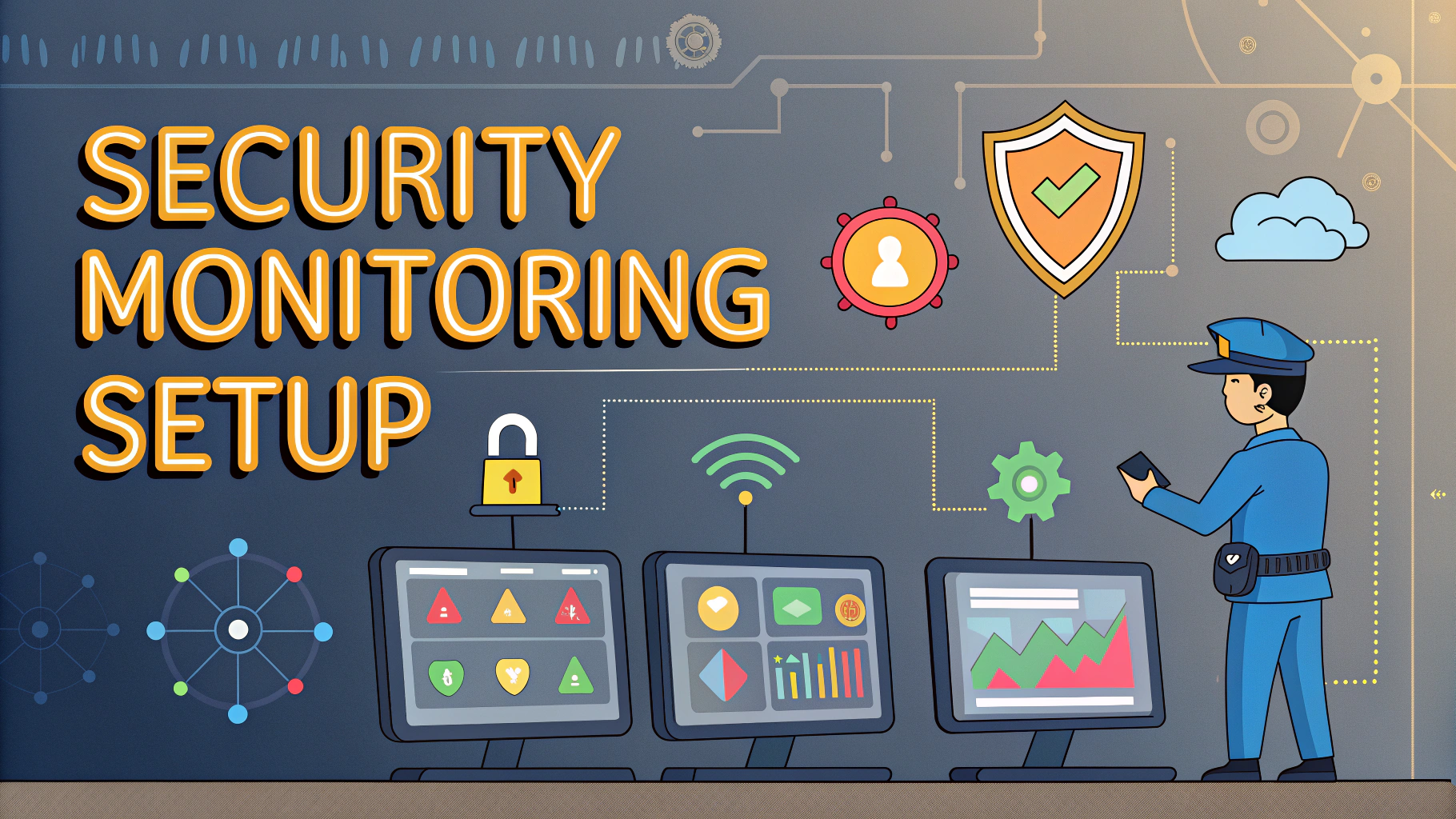Cobalt Strike is a commercial penetration testing tool that simulates advanced threat actor tactics for red team operations and adversary emulation.
Key Features of Cobalt Strike:
- Beacon payload for command & control
- Team server architecture enabling collaborative engagements
- Post-exploitation capabilities and lateral movement tools
- Malleable C2 profiles for customizing attack behavior
- Reporting and logging capabilities
Common Use Cases:
- Red team assessments
- Advanced persistent threat (APT) emulation
- Network security testing
- Command & control infrastructure testing
Setup Requirements:
- Licensed copy from Cobalt Strike
- Linux server for team server deployment
- Java Runtime Environment (JRE)
- Minimum 4GB RAM
Security Considerations:
- Use only in authorized testing environments
- Implement proper access controls for the team server
- Document all testing activities
- Monitor for unauthorized use or cracked versions
Basic Workflow:
- Set up team server infrastructure
- Configure listeners and C2 profiles
- Generate payloads for target systems
- Execute post-exploitation activities
- Document findings and generate reports
Contact the official Cobalt Strike team at [email protected] for licensing and technical support.
| Feature | Description |
|---|---|
| Beacon | Primary payload for maintaining persistence |
| Sleep Mask Kit | Memory protection for payload operations |
| Script Console | Automation interface for custom operations |
Additional Resources:
Advanced Features
Cobalt Strike includes sophisticated features beyond basic penetration testing capabilities:
- Process injection and migration tools
- Custom aggressor scripts for automation
- DNS beaconing and domain fronting
- Privilege escalation modules
- Credential harvesting utilities
Best Practices
Operational Security:
- Rotate infrastructure regularly
- Implement secure authentication methods
- Use unique malleable C2 profiles
- Maintain detailed operation logs
Compliance Requirements
- Obtain written authorization before testing
- Define clear scope boundaries
- Follow responsible disclosure procedures
- Maintain chain of custody for findings
Conclusion
Cobalt Strike remains an essential tool for professional red teams and security testing organizations. Its comprehensive feature set enables sophisticated adversary emulation while providing necessary controls for responsible security testing. Success with Cobalt Strike requires proper training, authorization, and adherence to security best practices.
Key Takeaways:
- Professional-grade penetration testing tool
- Requires proper licensing and authorization
- Extensive training and documentation available
- Must be used responsibly and ethically
FAQs
- What is Cobalt Strike?
Cobalt Strike is a commercial penetration testing tool developed by Strategic Cyber LLC that enables red teams to deploy beacons, conduct post-exploitation tasks, and emulate advanced persistent threat (APT) behaviors. - What are Beacons in Cobalt Strike?
Beacons are Cobalt Strike’s payload that establishes communication between compromised hosts and the team server, supporting both asynchronous and interactive communication modes. - What is the Team Server in Cobalt Strike?
The Team Server is the command and control (C2) component that manages beacons, stores data, and allows multiple operators to collaborate simultaneously during penetration testing engagements. - What are the main features of Cobalt Strike?
The main features include beacon payload generation, post-exploitation capabilities, built-in reporting, phishing modules, malleable C2 profiles, and lateral movement tools. - How does Cobalt Strike handle C2 communications?
Cobalt Strike uses malleable C2 profiles to customize beacon network traffic, allowing testers to emulate different threat actors and avoid detection by mimicking legitimate traffic patterns. - What programming language is Cobalt Strike written in?
Cobalt Strike is primarily written in Java, with its Beacon payload written in C. The client interface is built on Java Swing. - Can Cobalt Strike generate different types of payloads?
Yes, Cobalt Strike can generate various payload types including executable files, DLLs, Java archives, PowerShell commands, and shellcode in different formats. - What operating systems does Cobalt Strike support?
The Team Server runs on Linux systems, while the client interface can run on Windows, Linux, and macOS. Beacons primarily target Windows systems. - What is Sleep Mode in Cobalt Strike Beacons?
Sleep mode defines the interval between beacon callbacks to the Team Server, allowing operators to control the frequency of C2 communications and reduce network detection risks. - How does Cobalt Strike handle logging and reporting?
Cobalt Strike maintains detailed logs of all activities and includes built-in reporting features that can generate HTML and PDF reports of engagement findings and activities.


